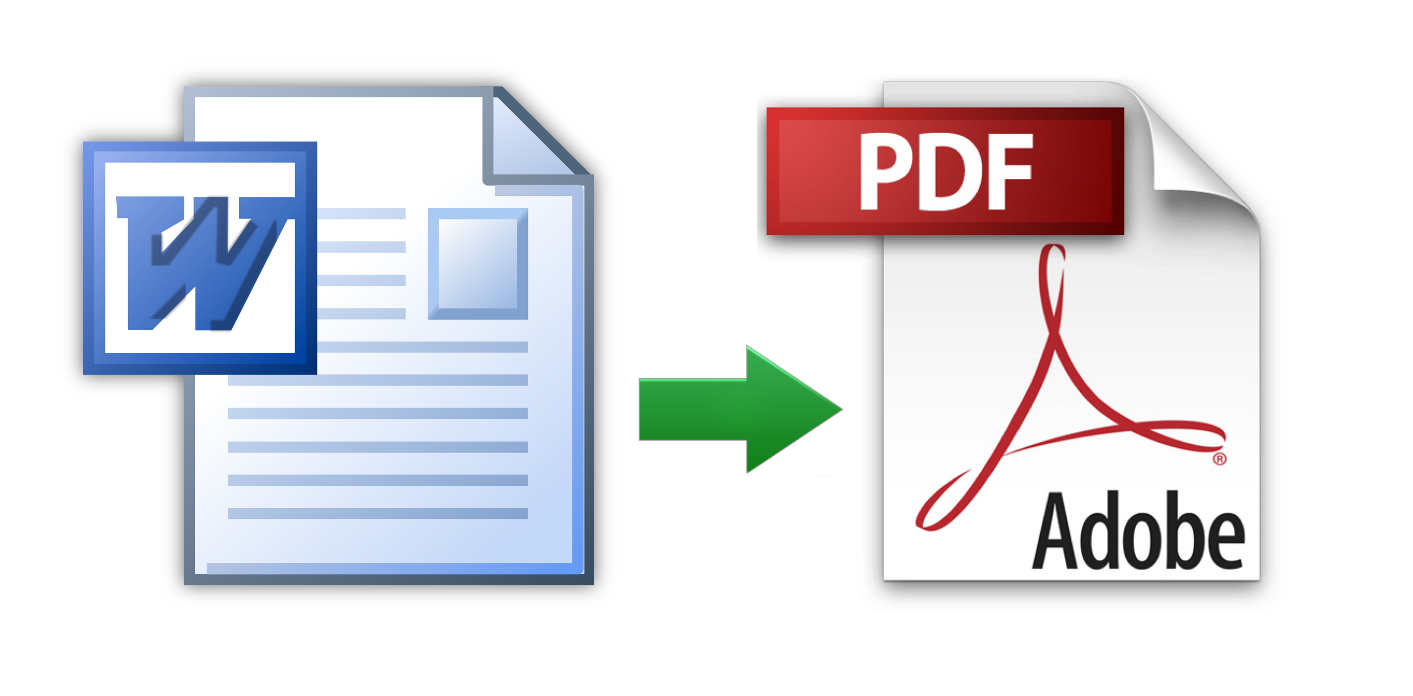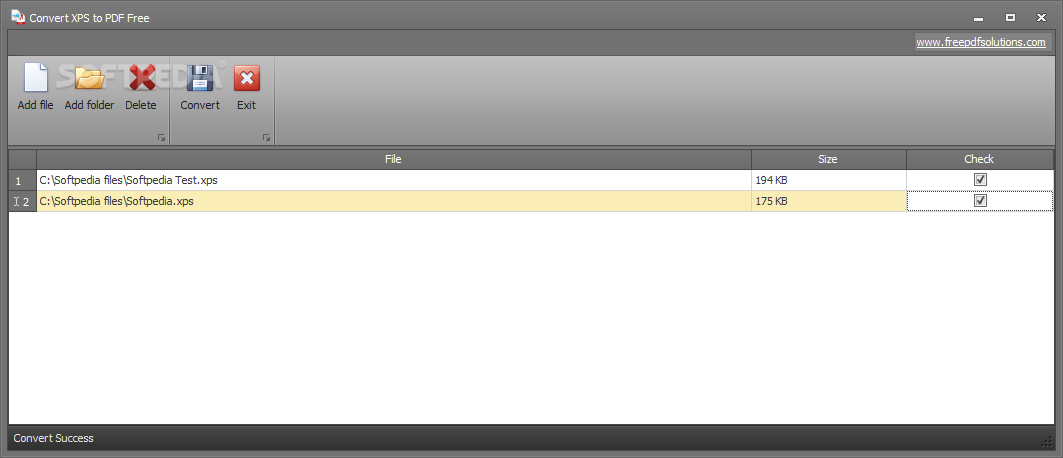

While the advantages of printing to XPS files are unclear, the disadvantages are fairly clear. XPS Viewer: The included XPS Viewer application allows you to view XPS documents on your desktop.It’s like a “print to PDF” feature, but less useful because it’s not as compatible with other software. Microsoft XPS Document Writer: Microsoft installs a virtual printer named “Microsoft XPS Document Writer.” This printer creates XPS files from documents you print to it.Even Windows 8 has better support for XPS files than it does for PDFs. Windows Vista, Windows 7, and Windows 8 all include built-in XPS tools. In short, an XPS file is Microsoft’s less-compatible version of a PDF file.

It’s actually not compatible with the XPS Viewer included with Windows 7, so you have to convert OXPS files to XPS if you want to view them on Windows 7. OXPS stands for OpenXPS – it’s the standardized version of the original XPS format. Other software companies haven’t jumped to include XPS support.īy default, Windows 8 uses the OXPS file extension for XPS files it generates. XPS is an open format in the same way “Office Open XML” is an open, standardized format for Microsoft Office documents. XPS is now technically a standardized, open format – it stands for Open XML Paper Specification.
Convert xps to pdf microsoft word how to#
RELATED: How to Print to PDF in Windows: 4 Tips and Tricks XPS also includes support for other features that you’d find in PDF, like digital signatures and DRM. An XPS file represents a document with a fixed layout, just as a PDF file does.

Think of an XPS file like a PDF (or PostScript) file. Continue reading the following for posterity and use PDF instead of XPS. Note: If you’re using Windows 10, they’ve finally added built-in support for printing to PDF files, so you will hopefully never need to deal with an XPS format file again.


 0 kommentar(er)
0 kommentar(er)
